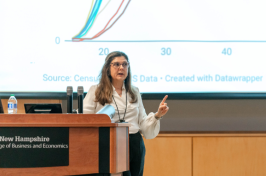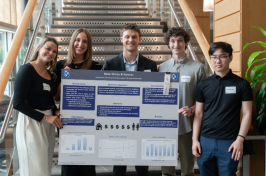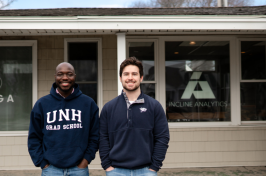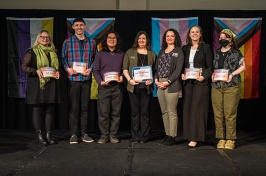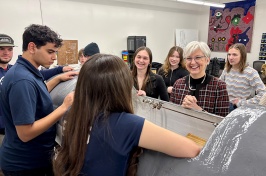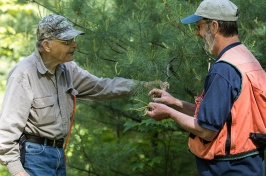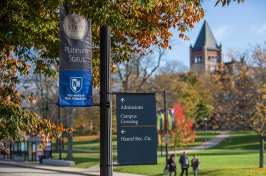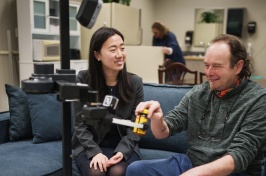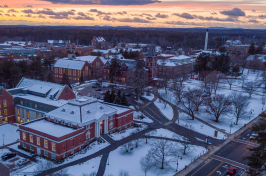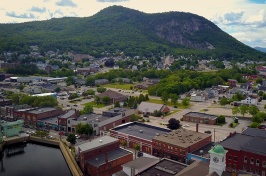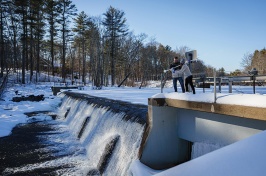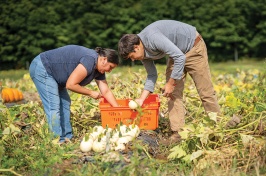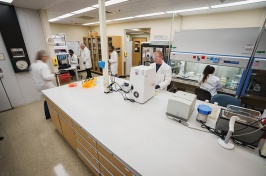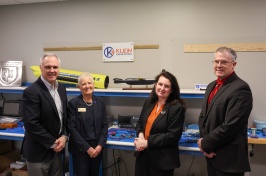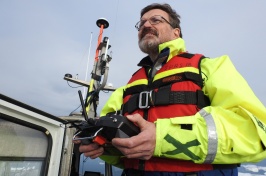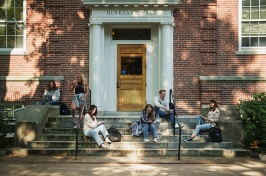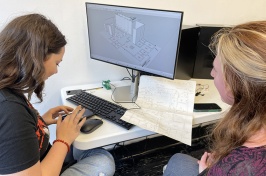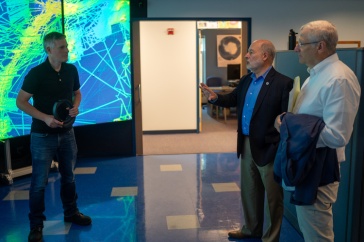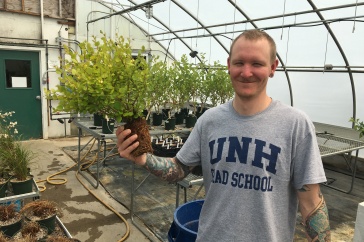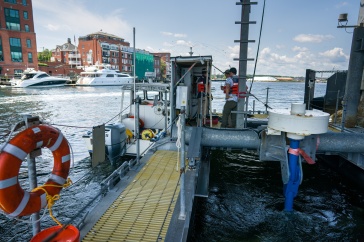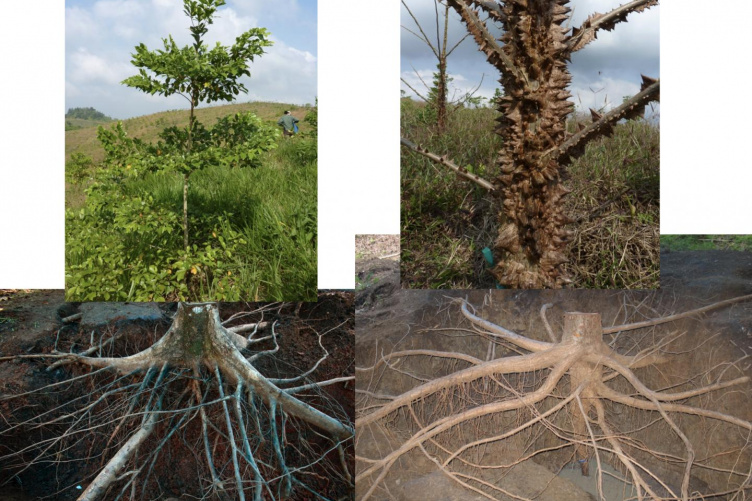
The root systems of tropical trees may represent 30 percent of the total tree biomass. (Photo: Jefferson Hall, Smithsonian Tropical Research Institute)
For most of us, a tree is what we see: trunk, branches, leaves or needles. But for UNH graduate student Katherine Sinacore, it goes deeper. She dug into the root system of tropical trees to find that roots accounted for almost 30 percent of the total biomass of young trees. The study, published recently in the journal PLOS ONE, could affect future estimates of carbon storage and water use by tropical forests.
Sinacore, a doctoral student in UNH’s interdisciplinary Natural Resources and Earth Systems Science program, and her team excavated all roots down to two millimeters in diameter from six species of tropical trees selected from reforestation experiments in the Panama Canal Watershed. The six trees in the experiment, Anacardium excelsum (Espave in Spanish), Cedrela odorata, Dalbergia retusa (Cocobolo), Pachira quinata (Cedro Espino), Tabebuia rosea (Roble) and Terminalia amazonia (Amarillo), all have high timber value and are commonly used for reforestation in Panama.
“There were huge differences among species,” she said. “We found that trees have very different architectures. For example, some species invest in a large tap root that descends directly below the trunk, while other species send large roots out laterally just below the soil surface. These trees sent smaller roots down from the lateral roots that, when excavated, resembled tentacles of an octopus. We also found roots extending more than 20 meters (60 feet) away from the tree trunk.”
“It is fairly common practice to calculate forest carbon storage either incorporating root mass via a fudge-factor or leaving it out altogether,” said Jefferson Hall, director of the Smithsonian's Panama Canal Watershed (Agua Salud) experiment, and a co-author of the study. “What percentage of a tree is underground? How does this change with climate, soil fertility and over time?”
Support for this project was provided by Panama's Office of National Science and Technology, SENACYT, Mr. Stanley Motta, Mr. Frank Levinson, the Hoch family, the Agua Salud Foundation and the Panama Canal Authority.
-
Written By:
Beth Potier | UNH Marketing | beth.potier@unh.edu | 2-1566









